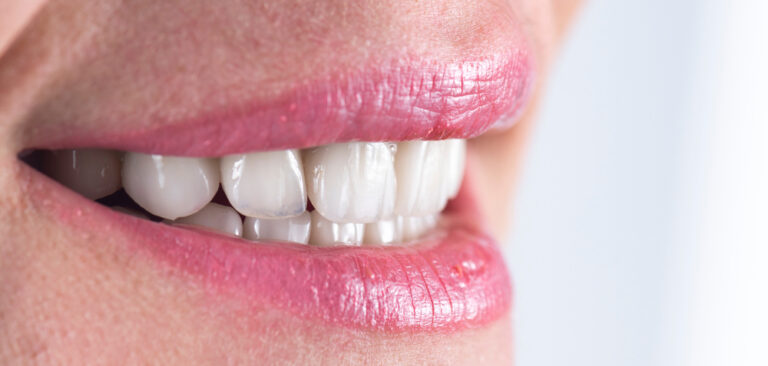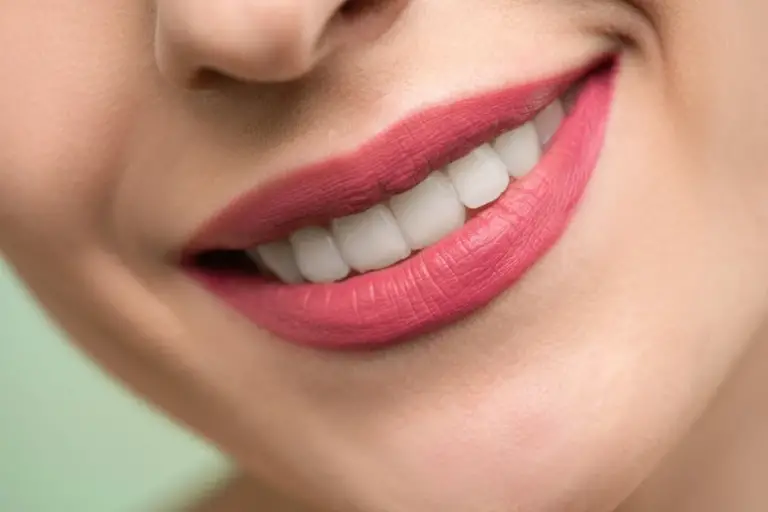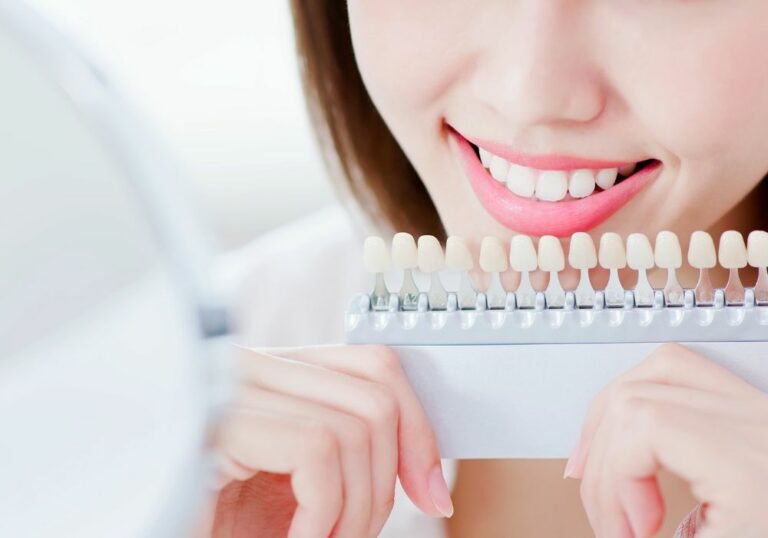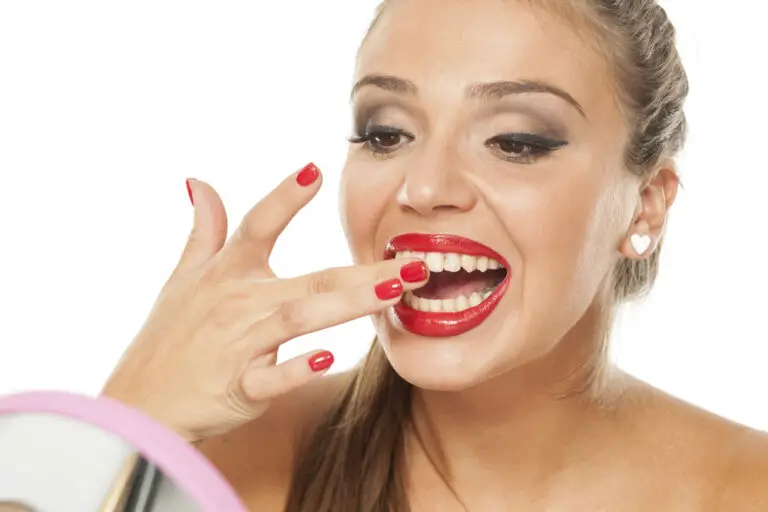Brushing teeth is an essential part of daily personal hygiene routines for people of all ages. For autistic children who often have sensory sensitivities, oral care can present some unique challenges that require patience and creativity from caregivers. However, with the right strategies and professional support, most autistic kids can learn to tolerate and even master toothbrushing.
Common sensory challenges with brushing teeth
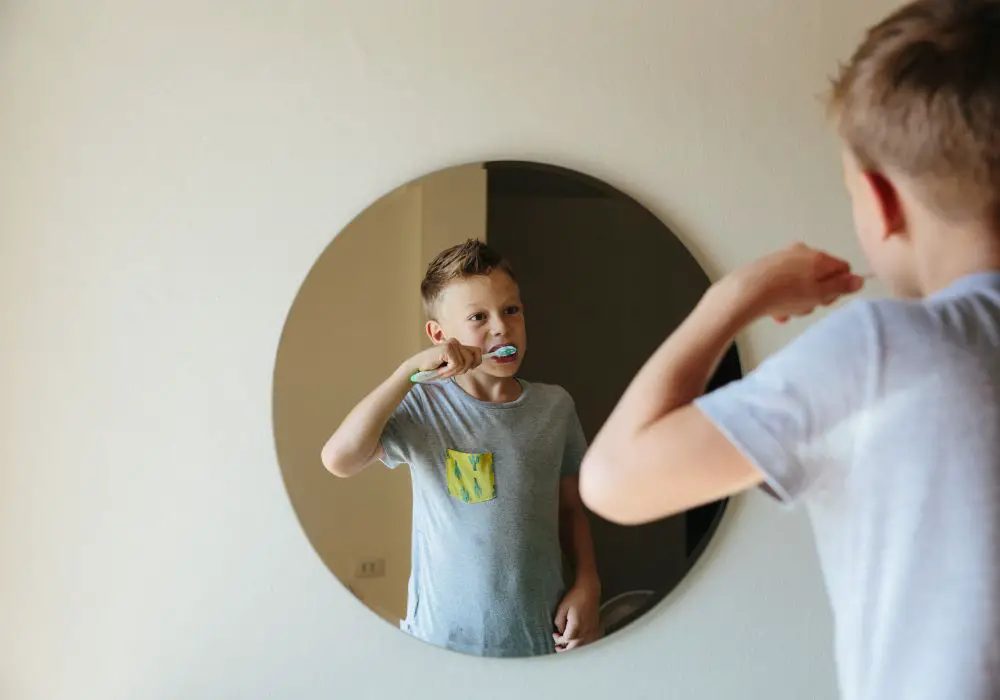
Many autistic children struggle with oral care activities like brushing teeth due to differences in sensory processing. Some common issues include:
Tactile sensitivity
- The texture and sensation of the toothbrush bristles may feel unpleasant, painful or overly abrasive against the mouth and gums. Soft or ultra-soft bristles are usually best tolerated.
- Having someone else stick a toothbrush into their mouth and move it around can cause anxiety or trigger a fight-or-flight response due to tactile defensiveness. Light touch around the mouth area can be alarming.
- Toothpaste flavors and foaminess may provide too much oral sensory input. Frothy mint toothpaste can be overwhelming.
Oral motor challenges
- Weak oral motor control makes it difficult for some autistic kids to open their mouth wide enough or move their tongue effectively to facilitate toothbrushing.
- Excess drooling or having a hyperactive gag reflex further complicates brushing.
Rigidity and need for sameness
- Transitioning to a new toothbrush brand, flavor of toothpaste or timing of brushing routine can be upsetting.
- Lack of communication skills makes it hard for some autistic kids to express dental discomfort or sensory overload.
Discomfort with a caretaker brushing their teeth
- Having someone other than themselves putting fingers and objects inside their mouth invokes anxiety over personal space boundaries.
- Messiness or loud sounds of toothbrushing may bother some noise or odor sensitive children.
These oral sensitivities and speech/behavioral challenges make toothbrushing an unpleasant daily experience, often leading to resistance, meltdowns or avoidance. But with preparation, creativity and problem-solving, parents can help autistic kids learn to better tolerate and cooperate with brushing.
Strategies to help autistic children brush teeth
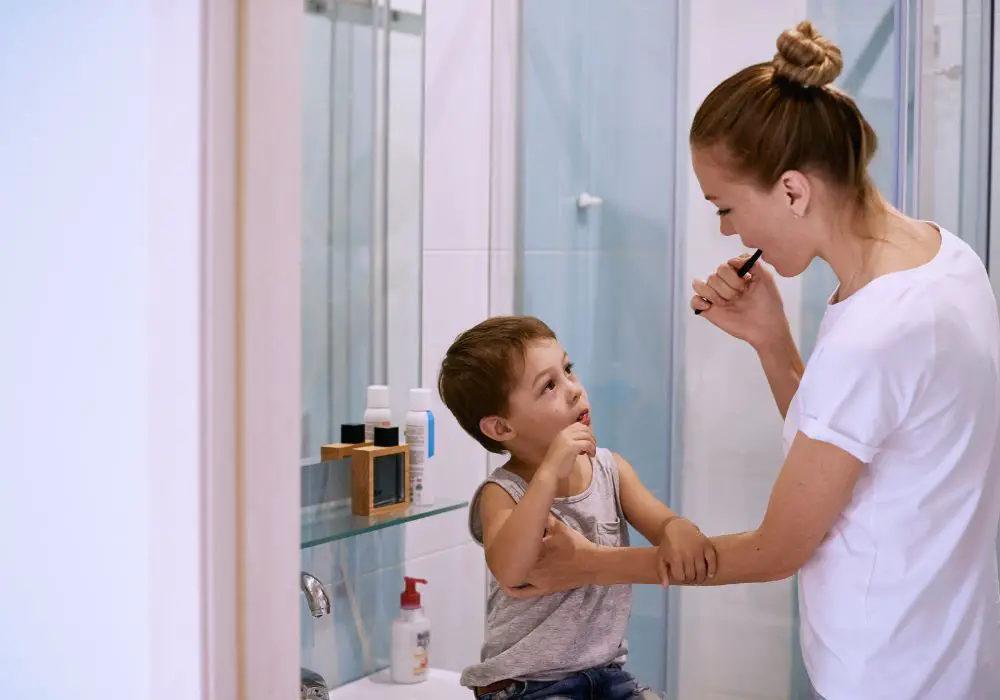
Here are some practical tips and techniques to make the toothbrushing process more manageable for kids on the autism spectrum:
Find the right toothbrush
- Offer choices of toothbrush textures – very soft, soft, medium or hard bristles. Allow the autistic child to explore the options and select whichever brush feels most comfortable to them.
- Try toothbrushes designed specifically for sensory issues. These include chewy toothbrushes with silicone bristles or toothbrushes with padded, flexible handles.
- Replace the toothbrush regularly when bristles start to splay out or feel rough. Old worn out brushes are more abrasive and can cause pain.
Use just a pea-sized amount of toothpaste
- Too much foaming toothpaste can be overwhelming. Squeeze out just a small pea-sized dollop of paste instead.
- Allow the child to sample different toothpaste flavors like berry or bubblegum to find the taste they can best tolerate. Avoid strong mint flavoring.
- For very sensitive kids, start with just brushing with plain water. Slowly build up to introducing toothpaste in small amounts.
Set up a consistent toothbrushing routine
- Pick a set time when the autistic child is calm and cooperative to establish a daily toothbrushing habit. Before or after a favorite activity works well.
- Use a picture schedule to prepare the child visually for the upcoming brushing activity.
- Play their preferred music or provide a fidget toy to help the child relax and self-regulate during brushing.
Try alternative positioning
- Child may tolerate sitting on a caregiver’s lap facing outward with head tilted back. This allows the parent to better control the brushing motions.
- Have the child lie down or lean fully back in the sink to reduce drooling issues. Tilting the chin up can help minimize gagging.
- Position child facing a mirror so they have more control watching the brushing process and can give feedback.
Go slowly and use gentle motions
- Work in short bursts, cleaning one section of the mouth at a time. Provide oral sensory breaks as needed.
- Use very soft small circular brush strokes, avoiding vigorous scrubbing motions which are painful.
- Offer frequent encouragement and praise for tolerating touch and cooperation. This helps make brushing successful versus combative.
Involve the child in the process
- Allow the child to first examine, touch and chew the toothbrush bristles to get used to sensations.
- Encourage the child to do as much of the brushing as they are capable of. The caregiver can then finish up any missed spots.
- Teach the child to recognize the clean mouth sensation when brushing is complete.
With preparation, patience, creativity and professional guidance, toothbrushing can become a shared positive experience versus battle of wills. Regular desensitization practice is key.
Signs it’s time to seek professional help
While home strategies are often effective in working through sensory issues with brushing, some autistic children continue to really struggle with oral care. It’s time to consult a pediatric dentist, occupational therapist or behavior analyst for extra support if:
- The child outright refuses to let anything in or near their mouth to the point meals and medicines are affected.
- Frequent intense meltdowns result from attempts to brush teeth, lasting more than 5-10 minutes despite modifications.
- Severe resistance has led to self-injury from head banging or biting hands/arms.
- No progress is being made over time in tolerating or cooperating with daily brushing routine.
- Teeth grinding, canker sores or gum disease develop from poor hygiene.
- Dental cavities or tooth decay are occurring showing need for better cleaning.
With professional guidance, families can develop a customized sensory-based brushing plan which may include:
- Oral desensitization therapy to gradually re-introduce tolerated sensations.
- Reward systems with tokens or behavioral charts to motivate participation.
- Modeling techniques and picture books to demonstrate proper brushing motions.
- Hand-over-hand guidance to actively assist the child in brushing.
- Oral props like chewy tubes or vibrating electric toothbrushes if traditional brushes cause too much discomfort.
- In extreme non-compliance cases, sedation dentistry.
Seeking outside support can help make toothbrushing seem less traumatic and more tolerable for severely affected individuals. Customized behavioral and desensitization strategies are key.
Potential consequences of poor oral hygiene
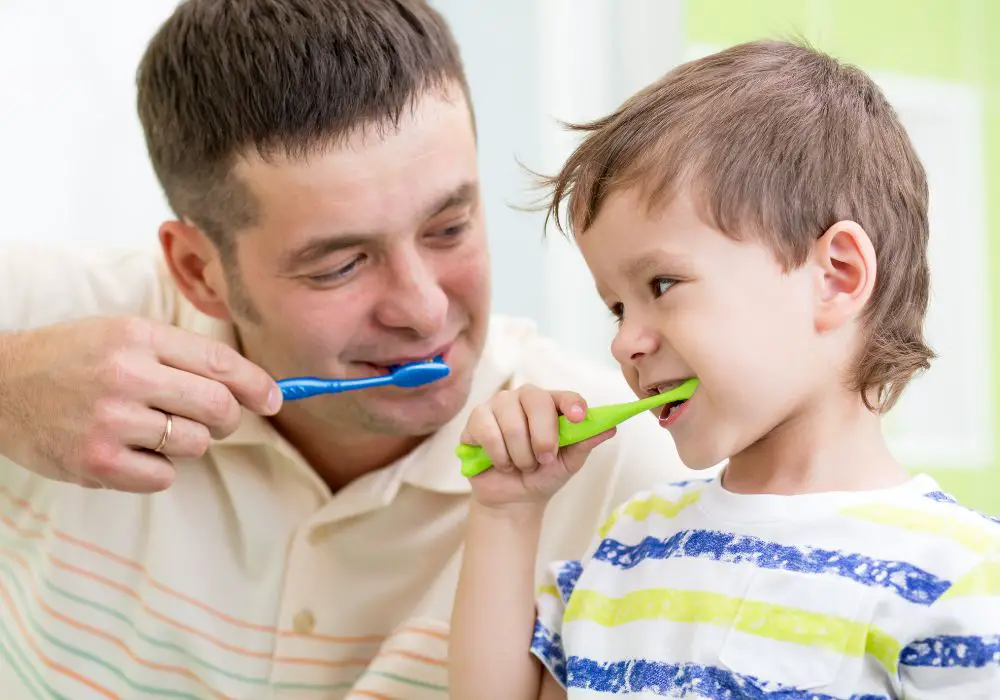
When autistic kids successfully avoid or refuse regular oral care, it puts their short and long-term dental health at serious risk. Some potential complications of inadequate tooth and gum cleaning include:
- Tooth decay and cavities: Bacteria and plaque buildup leads to infected pits and holes in enamel requiring fillings or tooth extraction.
- Gum inflammation and periodontal disease: Gingivitis causes reddened, painfully swollen and bleeding gums. It can progress to advanced periodontitis with receding gums and bone/tooth loss.
- Bad breath and oral malodor: Smelly breath results from overgrowth of bacteria on the tongue, gums and teeth surfaces.
- Oral infections: Untreated tooth decay and gum disease allows infection to spread from the mouth to the face and jaw.
- Difficulty chewing and eating: Missing, damaged or painful teeth negatively impacts ability to bite and chew foods. May lead to preference for soft diet.
- Tooth sensitivity: Loss of protective enamel due to acid wear or grinding leaves dentin exposed and teeth painfully sensitive to hot or cold foods.
- Teeth grinding and clenching: Nighttime teeth grinding and anxious jaw clenching wears down enamel.
- Sleep issues: Tooth discomfort or abscesses disrupt sleep.
- Poor self-esteem: Dental problems like crooked teeth or bad breath affect social confidence.
| Consequence | Impact |
|---|---|
| Tooth decay | Cavities, fillings, extractions |
| Gum disease | Bleeding, swollen gums. Periodontitis |
| Bad breath | Halitosis |
| Oral infections | Spread to mouth, face, jaw |
| Chewing problems | Difficulty eating foods |
| Tooth sensitivity | Pain from hot/cold |
| Teeth grinding | Enamel wear, fractures |
| Sleep disruption | Tooth pain at night |
| Low self-esteem | Social confidence |
Table: Potential consequences of inadequate oral hygiene in autistic individuals.
Ongoing avoidance of proper brushing and professional dental care can lead to many problems affecting health, diet, speech, sleep and self-image. Establishing regular hygiene should be a priority.
Building independence with brushing skills
The ultimate goal is for autistic children to gain enough comfort with oral care so they are able to take over and manage their own daily toothbrushing. Some strategies to help build independence include:
- Use a picture-based visual schedule broken into each step of brushing. Offer praise and let them check off each step as they complete it.
- Incorporate auditory cueing by teaching brushing songs to sing while adequately brushing all sections of teeth.
- Provide occasional verbal reminders or picture prompts during brushing like “Don’t forget your back teeth!” as needed.
- Offer consistent praise and positive reinforcement for any attempt to brush independently. Don’t insist on perfection.
- Use sticker reward charts, point systems or small prizes to motivate completing the brushing task, then gradually fade external rewards.
- Set phone alarms or give reminders throughout the day like “Time to brush your teeth after lunch!”
- Do periodic spot checks on their brushing but avoid power struggles over brushing quality. Focus on consistency.
With routine practice, specialized tools and ongoing encouragement, nearly all autistic kids can be brought into the brushing experience rather than being unwilling recipients. Their active participation promotes healthy lifelong habits.
Frequently Asked Questions
Q: What type of toothpaste works best for autistic children?
A: Mild flavored low-foam toothpastes are best tolerated. Good options include Tom’s of Maine anti-plaque gentle mint or their fluoride-free fruit flavored pastes. Introduce just a rice-grain amount on the brush at first and slowly increase tolerated amount.
Q: Should I use a manual or electric toothbrush for my autistic child?
A: Loud buzzing electric brushes can be overstimulating and get tossed away. Start with a very soft-bristled manual toothbrush and observe reactions. Upgrade to a low-vibration electric model if the child has difficulty coordinating hand brushing motions.
Q: What are some good ways to make toothbrushing less stressful?
A: Regular timing, visual schedule, calming music, sensory breaks, deep breathing, and lots of praise all help reduce brushing stress. Go very slowly at first, brushing just a few teeth at a time and keeping sessions extremely brief before building tolerance.
Q: What should I do if my autistic child gags or vomits when I try to brush their teeth?
A: Gag reflexes tend to be hypersensitive. Experiment with different toothpaste flavors, brush textures and brushing positions to find the most tolerable. Also slowly desensitize with mouth swabs, vibrating tools, and tooth exposure. Seek professional help for severe gagging issues.
Q: Is it okay to physically restrain my autistic child to force toothbrushing?
A: Restraint tends to increase oral defensiveness and fear. As hard as it is, focus on positive reinforcement, setting up a calming routine, and gradual exposure therapy. Seek professional guidance if severe non-compliance persists. Forced brushing should be an absolute last resort.
Conclusion
While many autistic children initially resist oral care, with patience, creativity and compassion, families can find ways to support their child in tolerating and eventually mastering toothbrushing skills. Building up a positive, consistent brushing routine lays the foundation for better lifelong dental and physical health. Despite sensory and behavioral roadblocks, most autistic kids can learn to successfully brush their teeth with preparation and practice. Consistent gentle exposure paired with praise and rewards goes a long way in supporting this crucial self-care task.

